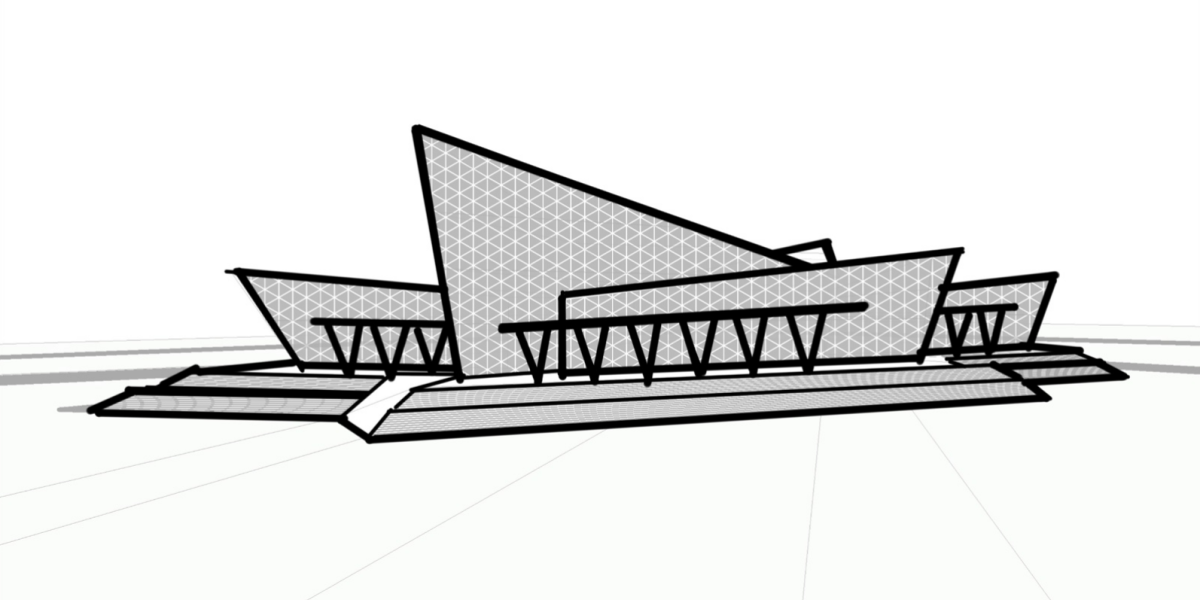In the fast-paced tech world, safety assurance and cybersecurity play a vital role in tech-driven projects. As the digital environment grows and evolves, so does the threat from cyber attackers. Tech-driven projects are now common across various sectors, including transportation, healthcare, energy, and infrastructure. As a result, the demand for robust safety assurance and cybersecurity measures has significantly heightened.
Table of Contents
Understanding Safety Assurance and Cybersecurity
Safety assurance is a systematic process designed to ensure that a system or product meets defined safety standards. This involves a comprehensive risk assessment, the development and implementation of mitigation strategies, and continuous monitoring to ensure the ongoing safety of the system or product.
Cybersecurity, on the other hand, is concerned with the protection of systems, networks, and programs from digital attacks. These cyber threats aim to access, change, or destroy sensitive information, disrupt normal business processes, or facilitate fraudulent activities.
While both safety assurance and cybersecurity are crucial in their own right, the intersection between the two is where the real challenge lies. This is particularly true for cyber-physical systems, which are subject to both physical and cyber threats.
The Intersection between Safety Assurance and Cybersecurity
Traditionally, safety assurance and cybersecurity have been treated as separate disciplines. However, the rise of tech-driven projects has highlighted the need for a more integrated approach. This is because tech-driven projects often involve cyber-physical systems, which are vulnerable to both physical malfunctions and cyber attacks.
For instance, a cyber attack on a power grid can potentially damage the infrastructure, resulting in widespread power outages. In a similar vein, a physical glitch in a self-driving car might be hijacked by a cyber attacker to seize control. Hence, safety assurance in tech-driven projects needs to factor in not just physical defects, but also possible cyber risks. Likewise, cybersecurity strategies must consider the tangible fallout of a cyber attack.
Challenges at the Intersection of Safety Assurance and Cybersecurity
The integration of safety assurance and cybersecurity is fraught with challenges. One of the key issues is the difference in approach between the two disciplines. Safety assurance is typically proactive, with a focus on identifying potential risks and implementing measures to mitigate them. Cybersecurity, on the other hand, is often reactive, responding to threats as they emerge.
Another challenge is the difference in mindset between safety engineers and cybersecurity professionals. Safety engineers are typically focused on ensuring that systems function correctly, even in the face of failure. Cybersecurity professionals, meanwhile, are concerned with preventing unauthorized access and protecting data.
Furthermore, the rapid pace of technological change can make it difficult to keep up with the latest threats and vulnerabilities. This is particularly true in the realm of cyber-physical systems, where the convergence of physical and digital components can create new and unexpected security challenges.

Future Trends
As tech-driven projects continue to evolve and become more complex, the intersection between safety assurance and cybersecurity will become increasingly important. Some of the key trends to watch in this area include:
- Increased use of artificial intelligence (AI) and machine learning: These technologies can help to predict and prevent both physical malfunctions and cyber threats, enhancing both safety assurance and cybersecurity.
- Greater emphasis on cyber-physical system security: As cyber-physical systems become more prevalent, there will be a greater need for security measures that protect against both physical and cyber threats.
- More stringent regulations: As the potential consequences of a cyber attack or physical malfunction become more severe, we can expect to see more stringent regulations around safety assurance and cybersecurity.
- Integration of safety and security teams: To address the challenges at the intersection of safety assurance and cybersecurity, organizations will need to foster greater collaboration between their safety and security teams.
- Development of new safety and security standards: As technology continues to evolve, new standards will need to be developed to address emerging safety and security challenges.
In conclusion, the intersection between safety assurance and cybersecurity in tech-driven projects is a complex but crucial area. By understanding the challenges and future trends in this area, organizations can better protect their systems, data, and users from both physical and cyber threats. As we move forward, it will be essential for organizations to adopt a holistic approach to safety and security, integrating these two disciplines to ensure the safety, security, and success of their tech-driven projects.







